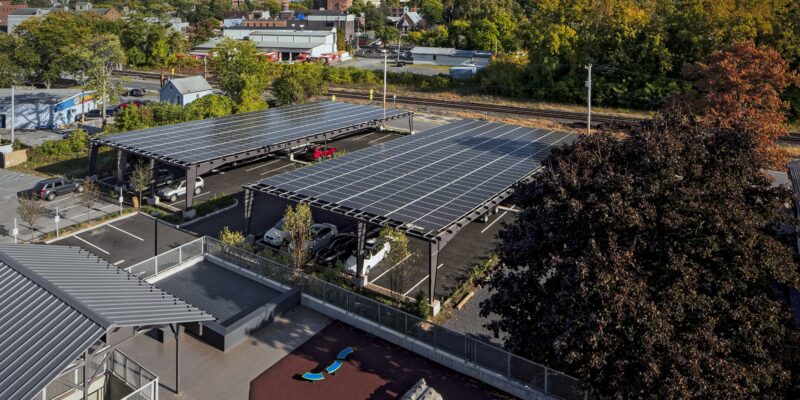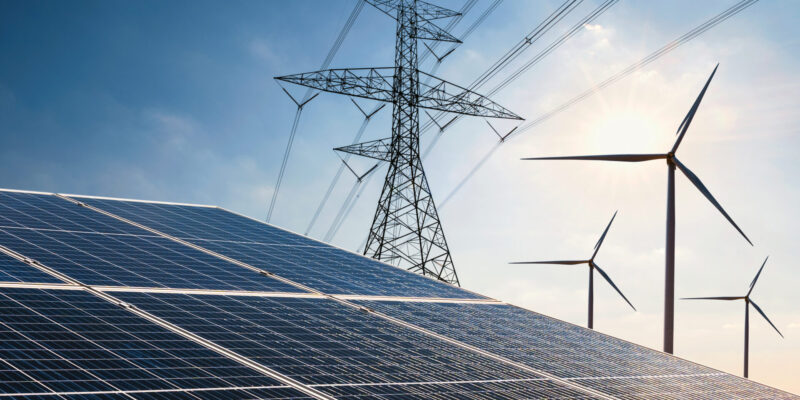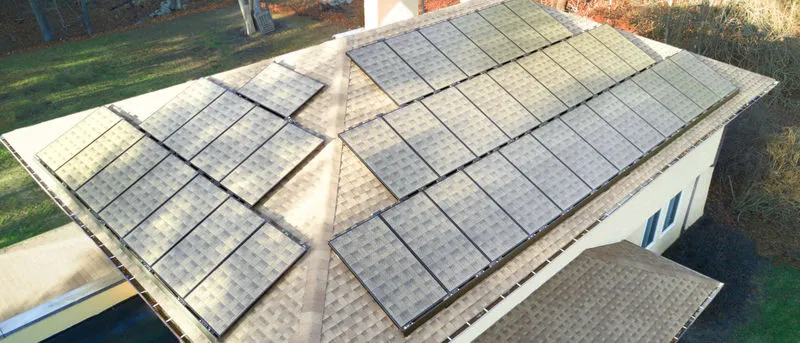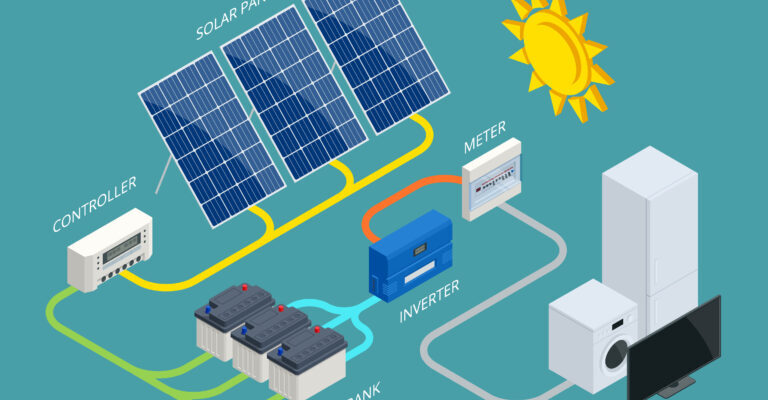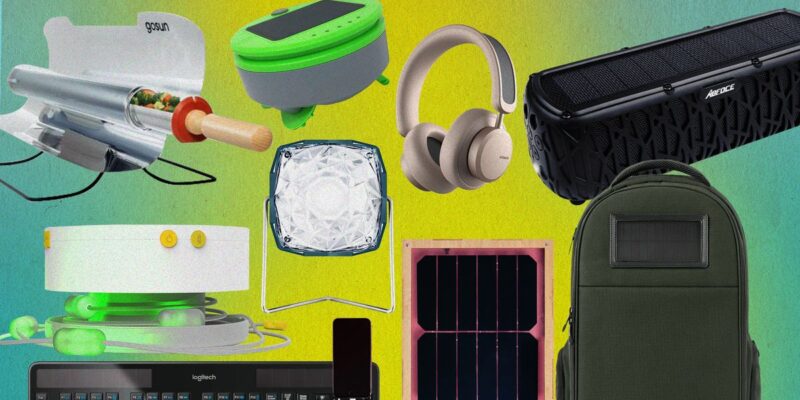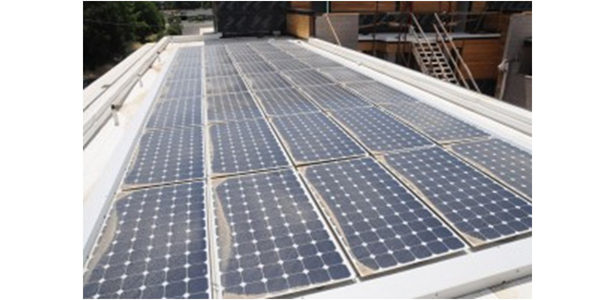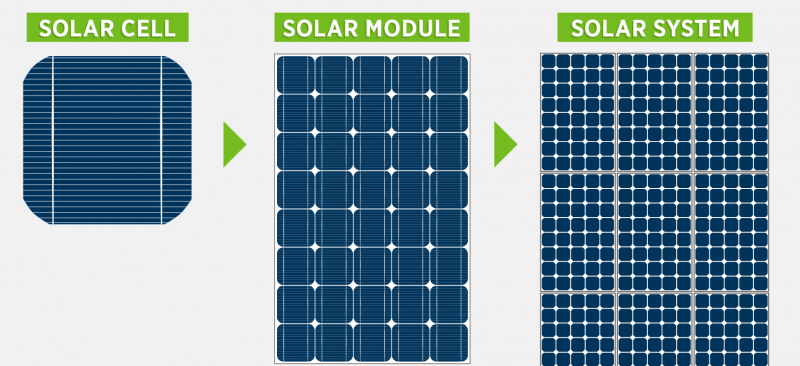The increasing need for battery minerals is primarily driven by the growing demand for batteries, especially in the automotive and renewable energy sectors. Battery minerals, also known as critical minerals or battery metals, are essential components of rechargeable batteries used in electric vehicles (EVs), portable electronics, and energy storage systems. Here are some key factors contributing to the rising demand for battery minerals:
Electric Vehicles (EVs):
The global shift toward electric mobility, driven by concerns about environmental sustainability and the need to reduce carbon emissions, has led to a surge in demand for electric vehicles. Lithium, cobalt, nickel, and graphite are crucial components in the batteries that power these vehicles.
Renewable Energy Storage:
The increasing adoption of renewable energy sources, such as solar and wind, has created a need for efficient energy storage solutions. Large-scale battery storage systems, used to store excess energy generated during peak production for later use, require significant amounts of battery minerals.
Portable Electronics:
The proliferation of smartphones, laptops, tablets, and other portable electronic devices contributes to the demand for lightweight and high-energy-density batteries. Lithium-ion batteries, which contain lithium and other minerals, are commonly used in these devices.
Grid-Scale Energy Storage:
As grid-scale energy storage projects become more prevalent, the demand for batteries capable of storing and releasing large amounts of energy efficiently is on the rise. This trend further increases the demand for battery minerals.
Technology Advancements:
Ongoing advancements in battery technology, such as the development of solid-state batteries, may require new or additional materials. Research and development efforts to enhance battery performance often drive demand for alternative or advanced battery minerals.
Government Policies and Incentives:
Government initiatives and policies aimed at promoting electric vehicles, renewable energy, and energy storage can significantly influence the demand for battery minerals. Incentives, subsidies, and regulations can accelerate the adoption of technologies that rely on these minerals.
Supply Chain Challenges:
The supply chain for battery minerals is often subject to challenges, including geopolitical issues, supply concentration in certain regions, and concerns about ethical sourcing. These challenges can impact the availability and pricing of battery minerals.
Investment and Exploration:
Increasing investment in mining and exploration activities focused on battery minerals is driven by the anticipation of growing demand. Companies are exploring new sources and technologies to extract and process these minerals more efficiently.
Popular battery minerals include:
- Lithium: Mainly used in lithium-ion batteries.
- Cobalt: Used in some lithium-ion batteries.
- Nickel: Used in various battery chemistries, including nickel-cobalt-aluminum (NCA) and nickel-manganese-cobalt (NMC).
- Graphite: Used in the anodes of lithium-ion batteries.
- Manganese: Used in various battery chemistries, such as lithium-manganese-oxide (LMO) and NMC.
As the demand for electric vehicles and renewable energy continues to rise, addressing the supply chain challenges and ensuring a sustainable and responsible sourcing of battery minerals become essential considerations for industry stakeholders.



